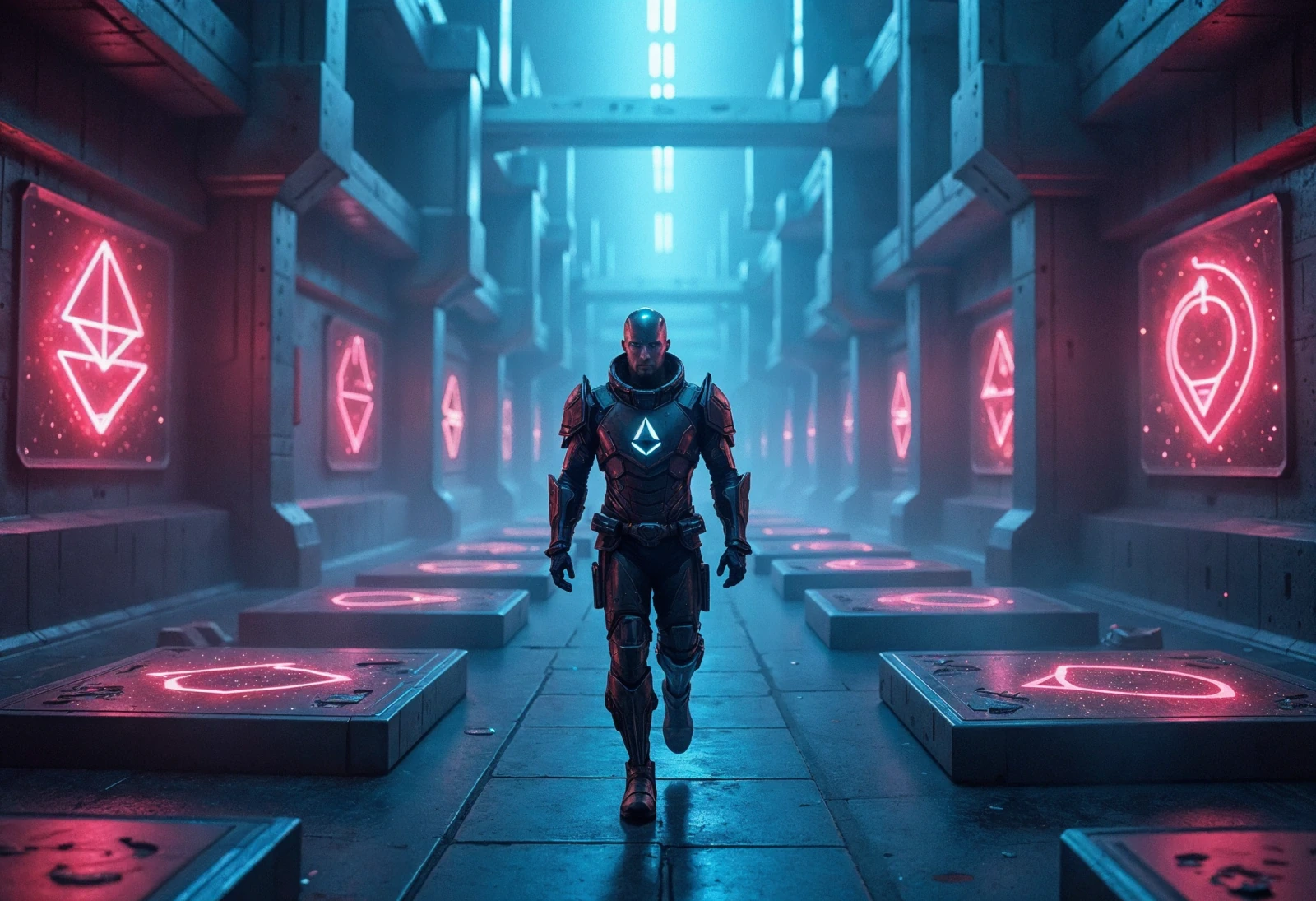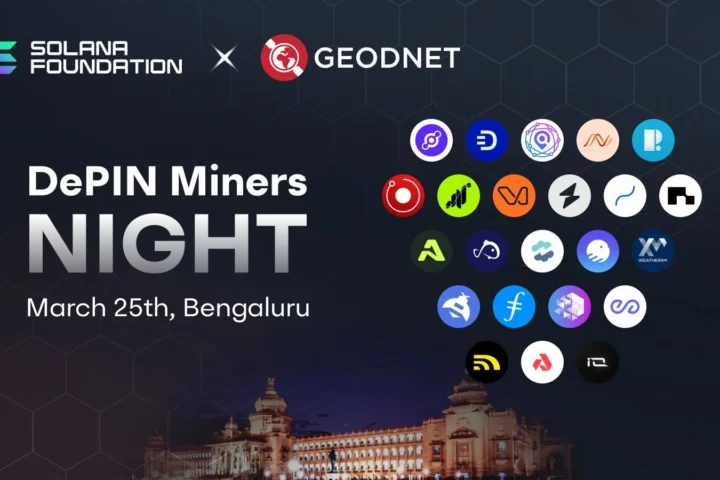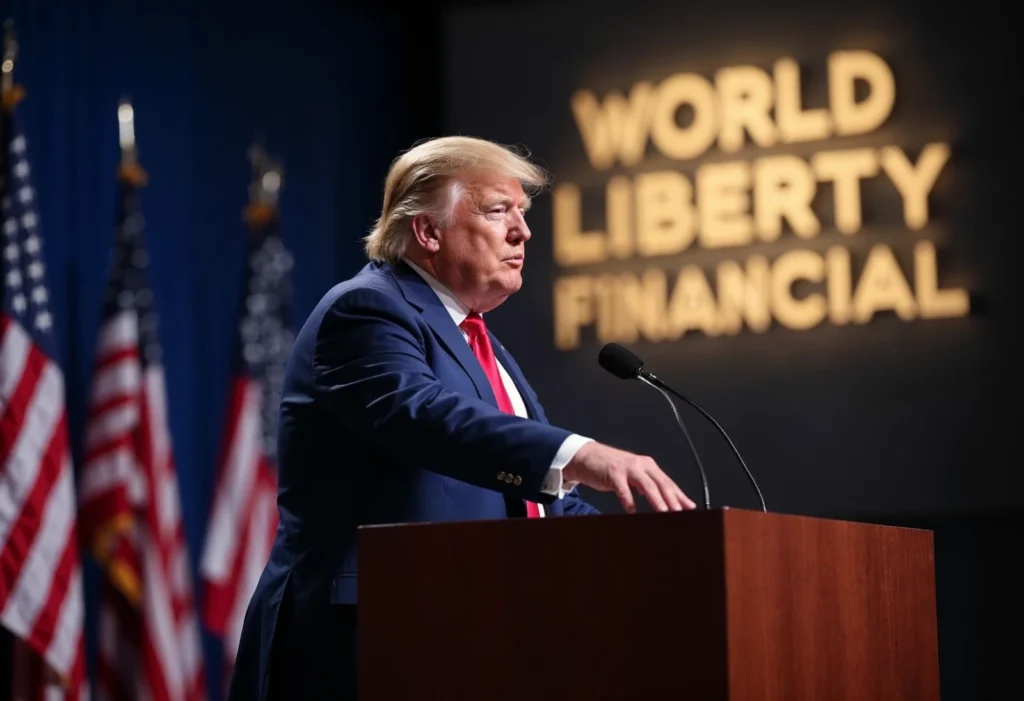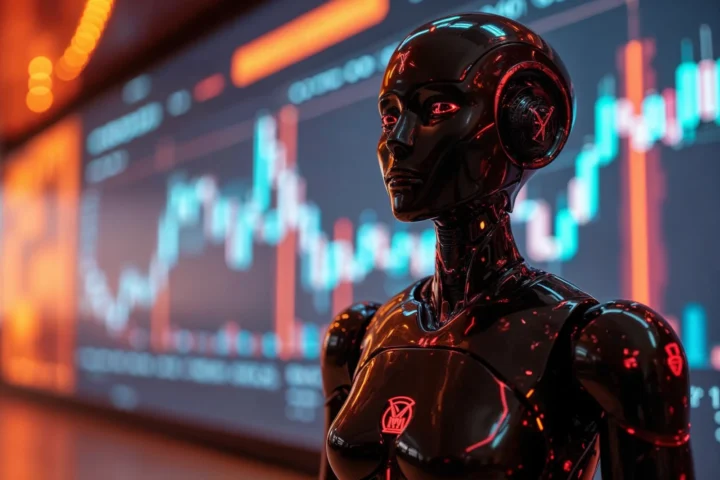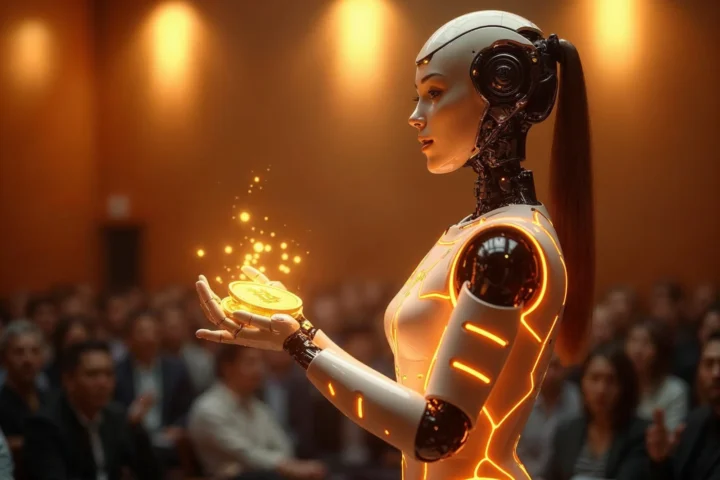Since its Frontier launch in 2015, Ethereum has experienced exponential growth, becoming the foundation for a vast array of decentralized applications. Despite its success, concerns are emerging as the blockchain landscape becomes increasingly crowded, with competitors like Solana gaining popularity. Ethereum’s ambitious goal of becoming the “World Computer” appears to be losing momentum. Peter Szilagyi, Ethereum Team Lead, has expressed similar sentiments, warning that Ethereum is in danger of losing its narrative.
As the focus shifts to fast transactions, Bitcoin’s approach to being a store of value, and Ethereum’s inflation dynamics, the core vision of a universal, decentralized network is being lost sight of. The ecosystem is struggling to balance its pursuit of innovation with staying true to its original purpose. To reclaim its path and become the global, decentralized force it was meant to be, Ethereum must refocus on its goals without sacrificing its progress. Vitalik Buterin’s vision of Ethereum as a world-changing platform, not just a digital currency, needs to be rekindled, keeping the dream of the “World Computer” alive in the complex world of modern cryptography.
The Decline of Ethereum’s World Computer Ambition
Once hailed as the harbinger of a decentralized future, Ethereum’s journey towards becoming the “World Computer” has encountered significant hurdles. The initially clear mandate to create a universal platform for decentralized applications now seems blurred. The blockchain landscape has evolved, with competitors like Solana offering quicker transaction times, and Bitcoin maintaining its status as a store of value, drawing focus away from Ethereum’s core vision.
The increasing competition has not only affected Ethereum’s position in the market but has led to a strategic drift. As Peter Szilagyi’s concerns highlight, Ethereum is grappling with maintaining its identity in the face of these challenges. The emphasis on keeping up with the ‘ultrasound money’ narrative and competing on transaction speed distracts from the fundamental goal.
While Ethereum initially aimed to be a platform where anyone could freely innovate without the constraints of centralized systems, the focus on short-term optimizations risks losing sight of this grand ambition. The path to Ethereum 2.0, designed to enhance scalability and lower barriers to entry, must be seen as a return to its roots rather than just a technical upgrade. The community must rally around the original vision of a comprehensive, decentralized ecosystem, ensuring that Ethereum regains its momentum as the “World Computer” and not just another blockchain in the ever-growing digital landscape.
The Growing Competition and its Impact
As Ethereum faces stiff competition from rivals such as Solana and Bitcoin, the implications are profound. Solana, with its promise of faster transaction times, and Bitcoin, with its established status as a store of value, are attracting Ethereum’s developers and users alike. This has led to a strategic distraction for Ethereum, causing it to divert from its initial goal to become the “World Computer”. The ecosystem, once singularly focused on decentralization and innovation, now grapples with maintaining its market position.
The impact is not solely philosophical, it is also financial. Ethereum’s token, ETH, has struggled to surpass its 2021 all-time high, reflecting the market’s uncertainty. The push for ‘ultrasound money’ and debates over Ethereum’s deflationary prospects, while important, have sidetracked from the core mission. As Peter Szilagyi’s comment highlights, the platform risks losing its unique narrative amidst the competitive landscape.
The competition has thus underlined the necessity for Ethereum to redefine its priorities. It must reassert itself as a platform for decentralized applications and infrastructure, not just compete on transaction metrics. The challenge now is to strike a balance between meeting the demands of a competitive market and staying true to its foundational vision of creating a decentralized future that transcends individual applications or financial goals.
Infrastructure Over Applications: Realigning Priorities
The crucial pivot point for Ethereum lies in readjusting its priorities, focusing on strengthening its core infrastructure rather than solely chasing the development of more applications. The essence of Ethereum’s “World Computer” dream necessitates a robust backbone that can support seamless decentralized operations at scale. As competition heats up, it becomes imperative to enhance the network’s scalability, security, and sustainability.
With the Ethereum 2.0 upgrade in progress, the shift towards a proof-of-stake consensus model and sharding promises to address scalability issues, aligning with the original vision. The network must prioritize these foundational improvements over the allure of rapid application proliferation. This means optimizing for lower gas fees and higher transaction per second capacity, which are essential for it to function as a global, decentralized computing platform.
As Peter Szilagyi’s concerns highlight, Ethereum should refocus on its infrastructural bedrock, ensuring it can bear the weight of the decentralized future it envisions. By concentrating on enhancing its infrastructure, Ethereum can regain its trajectory towards becoming the World Computer, where applications built atop it will thrive naturally. This strategic realignment will not only solidify Ethereum’s position but also rekindle the spirit of innovation that first attracted developers and users alike.
Remembering Ethereum’s Genesis: The World Computer
In its inception, Ethereum was a beacon of innovation, envisioned as a decentralized, global computer by its founder Vitalik Buterin. The Frontier era marked the beginning of a new chapter in the blockchain world, where Ethereum was not just another cryptocurrency but the foundation for a revolution. The concept was bold: to create a platform where developers worldwide could deploy decentralized applications (dApps), unhindered by intermediaries, and where the power of computing was democratized.
This “World Computer” dream was more than a technical aspiration; it was a philosophical one. Ethereum aimed to democratize software execution, enabling anyone with internet access to contribute to and benefit from a network that could process complex transactions and smart contracts. The goal was to make it a universal, trustless system where the rules were encoded, not controlled by a single entity.
Back then, Ethereum’s focus was clear: to provide a platform for decentralization that would foster innovation beyond financial transactions. The network’s early days saw the birth of ICOs and a myriad of dApps that pushed the boundaries of what blockchain technology could achieve.
However, as the blockchain landscape has evolved, with rivals like Bitcoin and Solana carving out their niches, Ethereum’s path has become muddied. The challenge now is to recapture the spirit of its Genesis era, to refocus on its original ambition, and ensure that the “World Computer” vision remains the guiding star for Ethereum’s future.
The Path to Ethereum 2.0 and Beyond
The journey towards Ethereum 2.0, or Eth2, serves as a beacon of hope for realigning with the platform’s original vision. This major upgrade, with its shift to a proof-of-stake consensus mechanism, promises to address scalability, sustainability, and security concerns that have become pivotal in the face of competition. Ethereum 2.0 aims to solve the transaction bottleneck, enabling it to handle more transactions per second, thereby fostering a more efficient World Computer ecosystem.
With sharding, a key component of Eth2, the network will be partitioned into multiple chains, enhancing its capacity without compromising decentralization. This design choice ensures that Ethereum remains a platform where decentralized applications can flourish without limitations. The upgrade also promises to mitigate the high gas fees that have been a deterrent, making the network more accessible to the average user, a crucial step towards realizing the global computer dream.
Looking beyond Eth2, Ethereum’s roadmap includes continuous improvements to ensure its resilience as a decentralized infrastructure. The ecosystem is actively working on improving user experience and fostering developer tools that align with its foundational goals. By focusing on these enhancements, Ethereum aims to consolidate its position as the platform where the future of decentralized applications is built, recapturing the spirit of its World Computer ambition.
